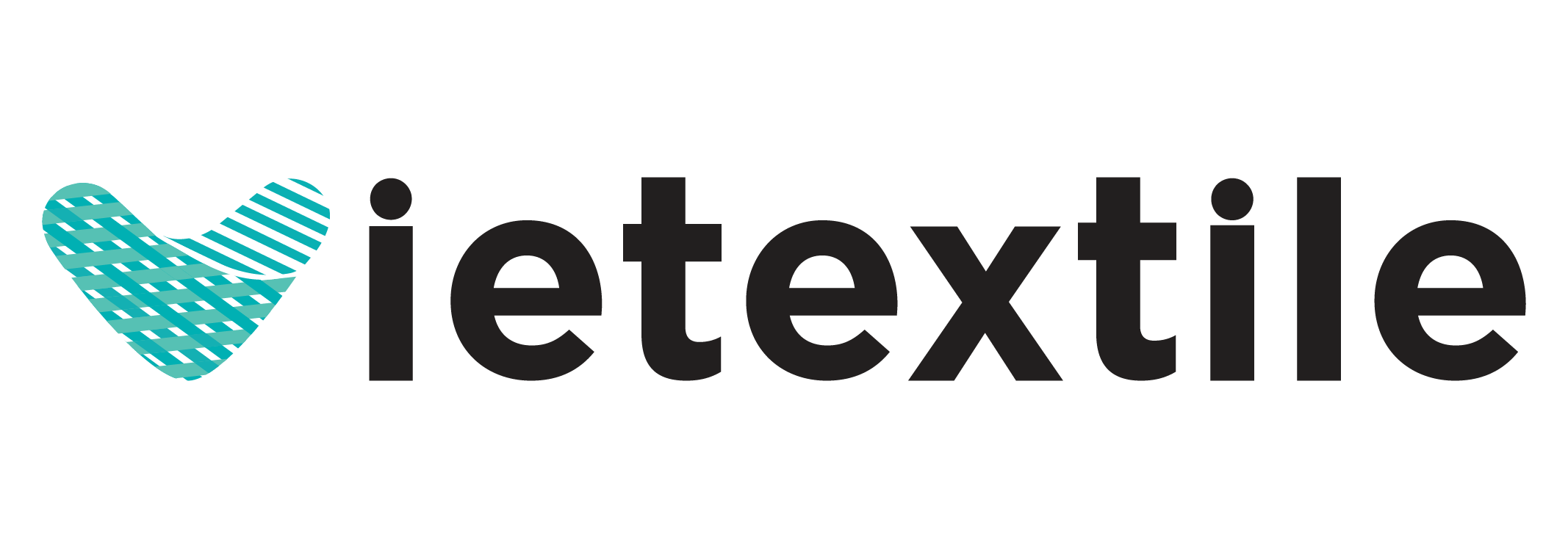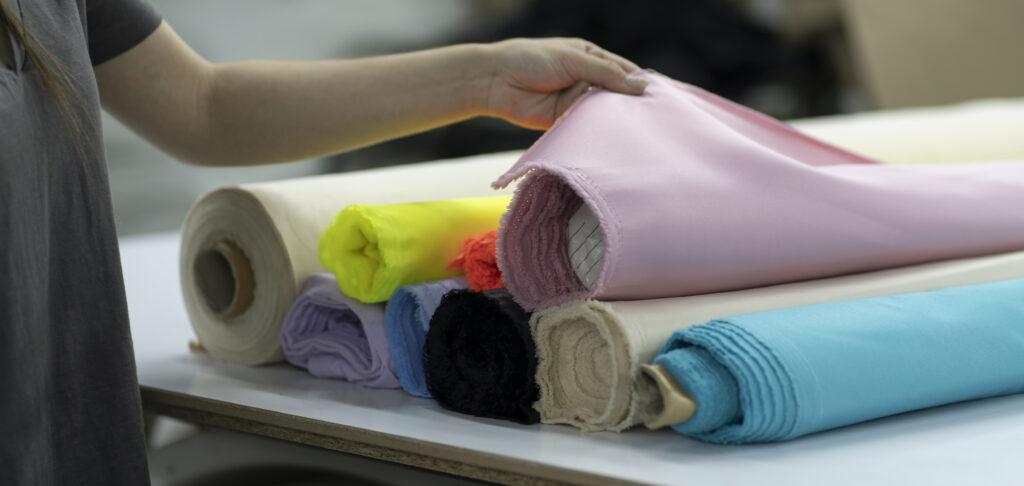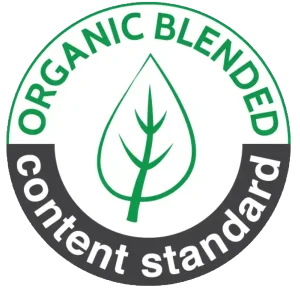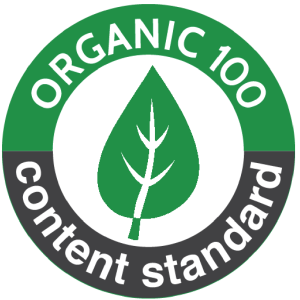In the dyeing industry, product quality not only reflects craftsmanship but is also a vital factor that determines a business’s reputation and existence. A standard dyeing process is not enough—what’s more important is the ability to control, detect deviations early, and continuously improve.
This article will guide you on how to build a systematic quality management system—from raw material input to monitoring the entire dyeing line and the final output.
1. Why Is Quality Management the Core of the Dyeing Industry?
Nội dung tóm tắt
Toggle
The dyeing industry is characterized by complex chemical processing, which is prone to deviations in color, colorfastness, size, or hand feel. Without strict quality control, a business can easily face product returns, lose its reputation, and incur costly repair fees.
Furthermore, today’s market has increasingly strict requirements for the environment and international standards such as ISO 9001, OEKO-TEX, or ZDHC. Therefore, standardizing the quality management process is mandatory if a business wants to survive and develop sustainably.
2. 5 Steps to Build a Quality Management Process in the Dyeing Industry
To effectively implement a quality management system in the dyeing industry, a business needs a systematic approach from the ground up. Building a process is not just about listing control steps; it must also ensure a strong link between all stages—from raw materials to operations and evaluation. Below are 5 practical steps that serve as the pillars of every modern quality control system in the dyeing industry.
2.1. Input Raw Material Inspection

All fabrics must be thoroughly inspected before dyeing: fiber composition, cleanliness, absorbency, shrinkage, and mechanical strength. Deviations in the input will affect color absorption and colorfastness after treatment.
Equipment used: In the dyeing industry, raw material inspection equipment plays a crucial role in ensuring that fabric fibers meet technical standards before entering the dyeing stage. Some common pieces of equipment include a water absorption meter to check absorbency, a microscope to analyze fiber structure, and a stretch tester to evaluate the mechanical strength of the fabric.
Sample inspection: Depending on the batch, the dyeing industry typically uses a sampling rate of 10–20% to detect deviations in raw materials early. The results must be systematically stored for easy tracing when needed for comparison, especially in traceability programs that follow international standards.
2.2. Standardizing Formulas and Operating Conditions
With the same dye, if the temperature, pH, time, or processing speed is changed, the dyeing result can be completely different. Therefore, the dyeing formula needs to be standardized and stored for each order code.
What to control: In the dyeing industry, parameters such as bath temperature, fabric winding speed, and dyeing machine pressure need to be strictly controlled for each production batch. A deviation of just a few degrees in temperature or a few revolutions per minute in speed can lead to color differences or unevenness between parts of the fabric.
Testing: To minimize risks, the dyeing industry always needs to perform small-scale tests (lab dips) before proceeding with mass production. Testing not only helps confirm the formula but also standardizes the process, ensuring consistent results for the entire batch.
2.3. Monitoring During the Dyeing Process
In the dyeing industry, even a minor issue like temperature imbalance, a power outage, or contamination can ruin a batch. Therefore, a QC department must directly monitor the production line.
Metrics to track: In the dyeing industry, continuous monitoring of metrics such as temperature, processing time, pH, and dye circulation flow is a core factor to ensure that the dyeing batch runs stably and achieves quality. This monitoring helps to promptly detect operational deviations, thereby limiting color differences or technical errors.
Equipment: Automated sensor systems and operating log software are important tools in quality management for the dyeing industry. This equipment not only helps store the entire processing history but also enables data analysis and future process improvements.
2.4. Post-Dyeing Quality Inspection
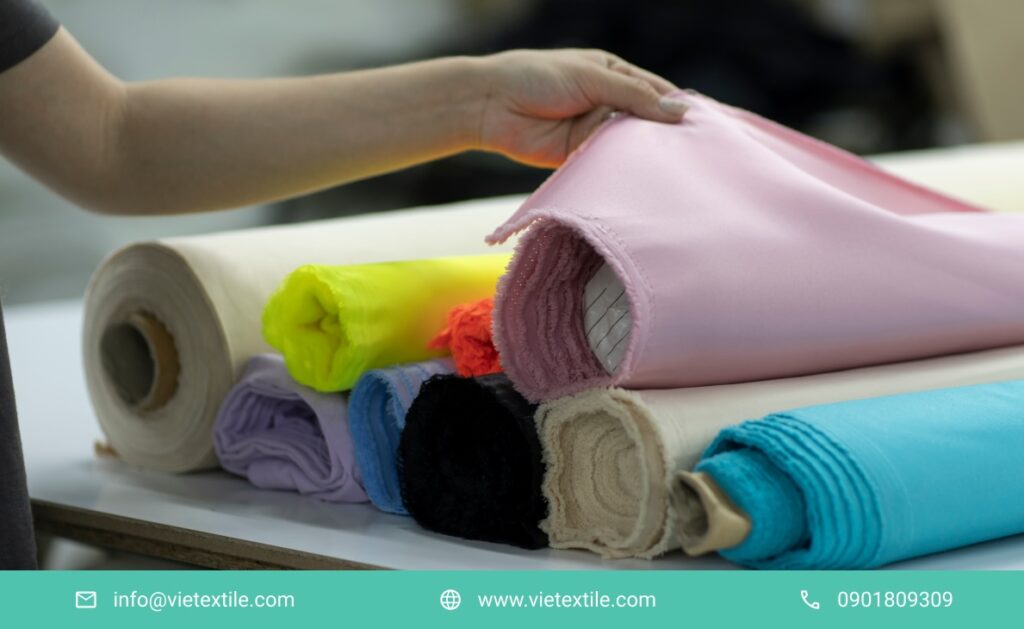
After dyeing, the fabric’s color uniformity, colorfastness to rubbing, light, water, and washing must be checked. In addition, hand feel, gloss, shrinkage, and color deviation also need to be quantitatively evaluated.
Equipment: In the post-dyeing inspection stage of the dyeing industry, equipment such as ISO colorfastness testers, colorimeters, and shrinkage meters are indispensable tools. This equipment helps objectively evaluate metrics such as colorfastness, rub resistance, color deviation, and dimensional deformation—thereby ensuring that the output quality meets standards.
Method: In the dyeing industry, the quality inspection process is typically carried out by comparing the finished product sample with a standard sample that has been approved by the customer or the technical department. Any deviation exceeding ±5% will be recorded in a defect report and sent to the root cause analysis department for early resolution, to prevent the error from repeating on a large scale.
2.5. Recording, Analyzing Defects, and Continuous Improvement
Quality management is not just about inspection; it is also a continuous feedback and improvement process. When a defect is discovered, the root cause must be analyzed (5 Whys, Ishikawa), the SOP must be updated, and the operating staff must be retrained.
Reporting: In the production environment of the dyeing industry, whenever a defect is discovered, the quality department must immediately record it in a detailed report. These reports include the actual defective sample, photos of the fabric surface, a description of the operating conditions, and machine parameters at the time the incident occurred. This helps to trace the root cause more quickly and accurately.
Supporting tools: In the dyeing industry, using ERP software and an ISO standard tracking system is an optimal solution for digitizing the defect analysis process. These tools not only help store the entire history of incidents but also support periodic statistical analysis, helping the business proactively improve quality and train staff.
3. Suggestions for Quality KPIs in the Dyeing Industry
To ensure that the quality control process is effective in the dyeing industry, a business needs to establish specific metrics—called KPIs (Key Performance Indicators). These KPIs not only help monitor production performance in real-time but are also important tools for making decisions on improvements, staff retraining, and operational optimization.
- First-pass yield: In the dyeing industry, this metric reflects the stability of the production process. A rate of >95% indicates that the operations, control, and standardization processes have been highly effective.
- Customer return rate: This is an important metric in the dyeing industry for evaluating customer satisfaction and actual quality. A return rate of <1% is an ideal goal, helping the business save costs and maintain its reputation.
- Color deviation rate per total number of products: In the dyeing industry, color deviation is one of the most common and difficult defects to control. Maintaining a rate of <3% will help stabilize output quality and minimize losses.
- Number of technical defects/week: Tracking the number of defects by shift/team and production line is a way for factories in the dyeing industry to quickly detect weaknesses in operations and equipment.
- Mean time to resolution (MTTR): This metric reflects the response speed of the technical department. In the dyeing industry, an MTTR of <30 minutes indicates that the control and incident response processes are effectively organized, helping to limit production disruptions.
4. Conclusion
In the dyeing industry, quality is not a given; it must be built from a comprehensive, transparent, and highly synchronized control system. This includes standardizing processes, digitizing operational data, and establishing a culture of quality throughout the entire business.
A business that builds an effective quality management system in the dyeing industry will have a better ability to control risks, shorten incident resolution time, and minimize waste. This is a long-term competitive advantage that helps them retain customers and expand their market share sustainably.
5. Contact & References
Refer to more useful articles from VieTextile:
- How to Store Knit Fabric Effectively and Correctly
- Checking Fabric Colorfastness: Methods and Standards
Contact for consultation: Are you building a quality control system in the dyeing industry? Don’t let the process become complicated and inefficient. Let VieTextile partner with you from the very first step. VieTextile – A strategic partner for the dyeing industry:
- Consultation on quality management processes according to ISO standards
- Support for implementing a system for checking – analyzing – improving performance
- Providing equipment and systematic staff training
- Email: info@vietextile.com
- Website: https://vietextile.com
- Hotline: 0901 809 309 – Call now for free consultation from our team of expert engineers!
